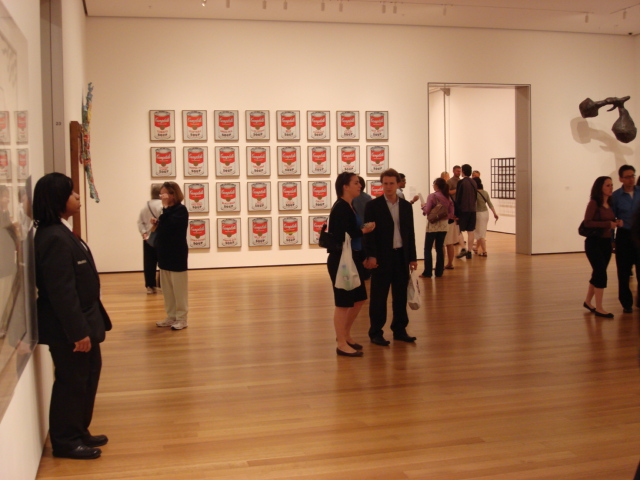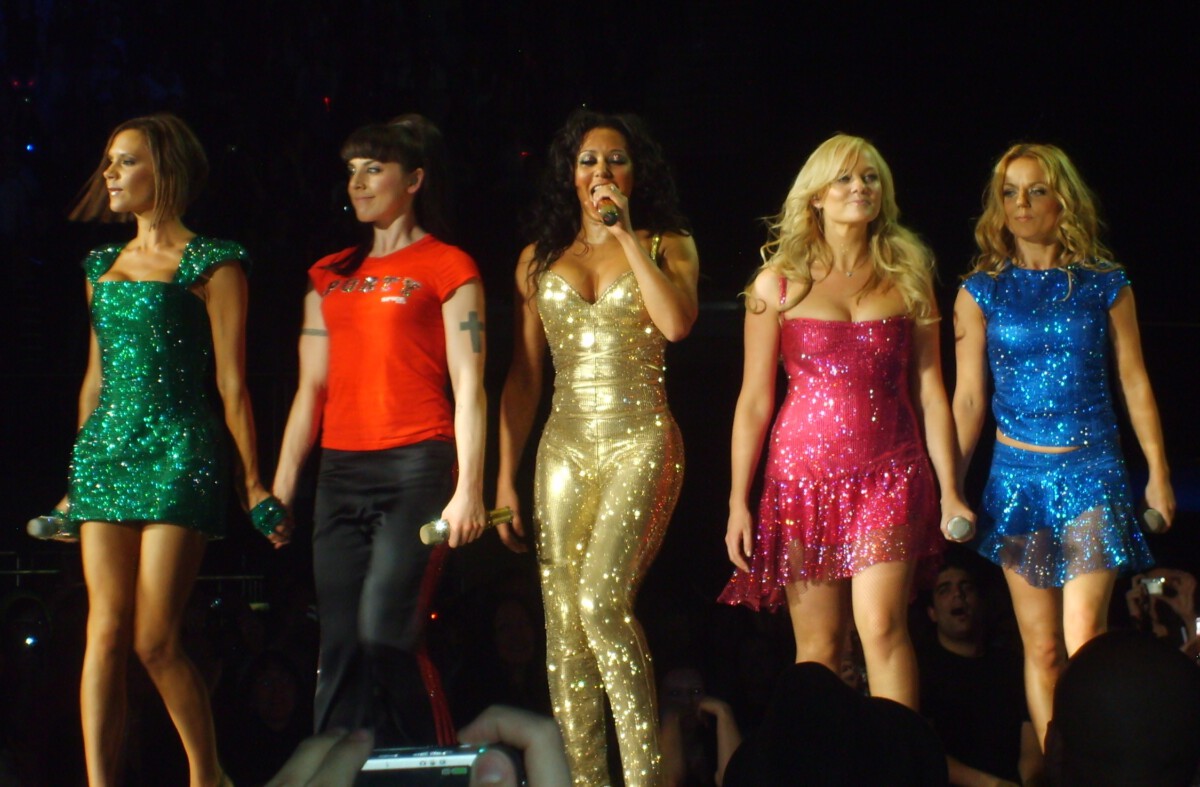Abstract Expressionism Shifted Art’s Global Center from Paris to New York
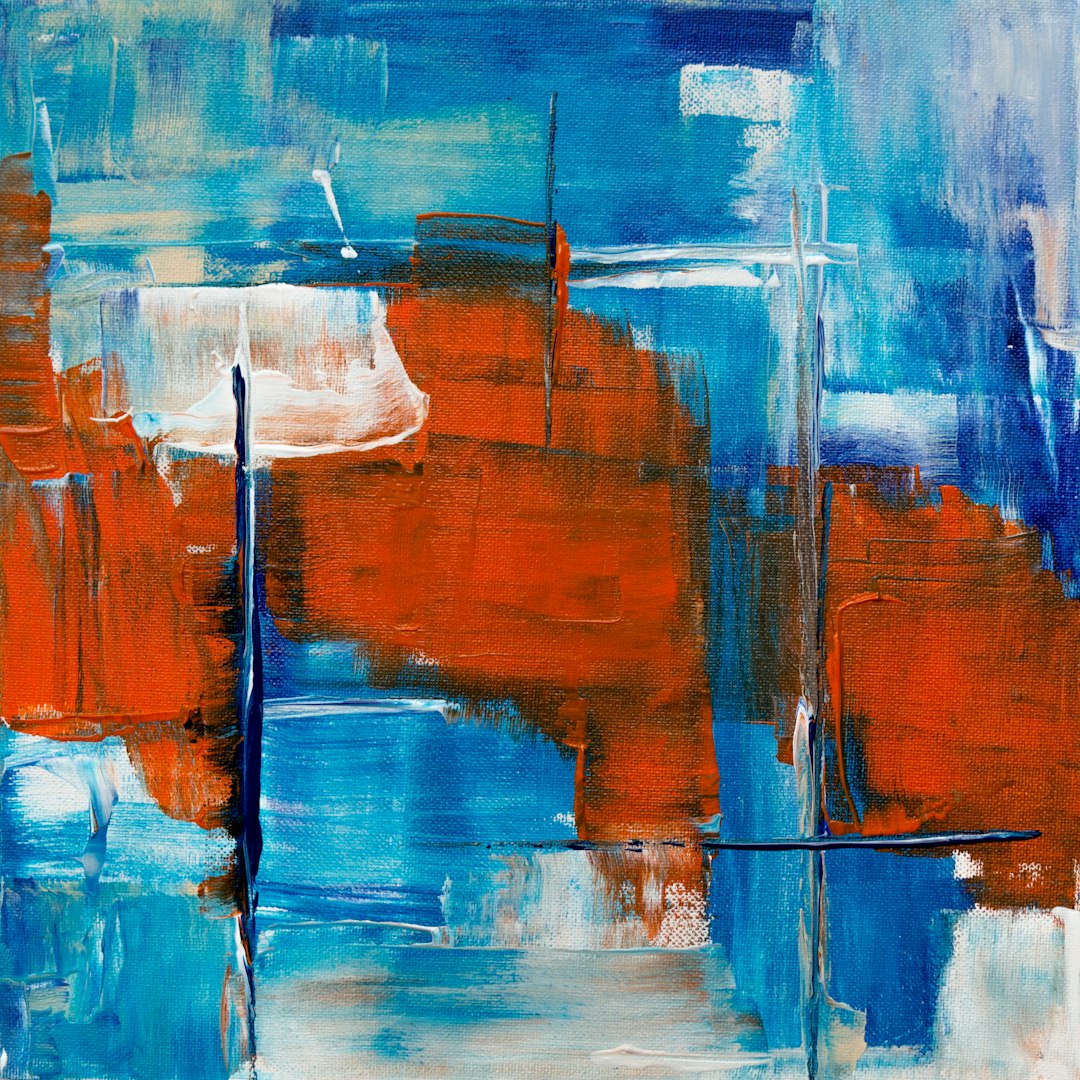
Picture this: after World War II, the art world’s spotlight suddenly swung from Paris to New York City, and it happened because of a bunch of American painters who decided to throw paint around in ways nobody had ever seen before. Abstract Expressionism had a great impact on both the American and European art scenes during the 1950s. Indeed, the movement marked the shift of the creative center of modern painting from Paris to New York City in the postwar decades. The movement wasn’t just about making pretty pictures – it was a complete revolution in how art could express raw human emotion and experience.
Artists realized that Jackson Pollock’s process—the placing of unstretched raw canvas on the floor where it could be attacked from all four sides using artist materials and industrial materials; linear skeins of paint dripped and thrown; drawing, staining, brushing; imagery and non-imagery—essentially took art-making beyond any prior boundary. Abstract expressionism in general expanded and developed the definitions and possibilities that artists had available for the creation of new works of art. This wasn’t just American artists making art for Americans – this was a global game-changer. The movement’s influence spread far beyond American borders, inspiring artists worldwide to abandon traditional techniques and embrace bold, expressive abstraction.
Jackson Pollock’s Drip Technique Created a Global Art Revolution
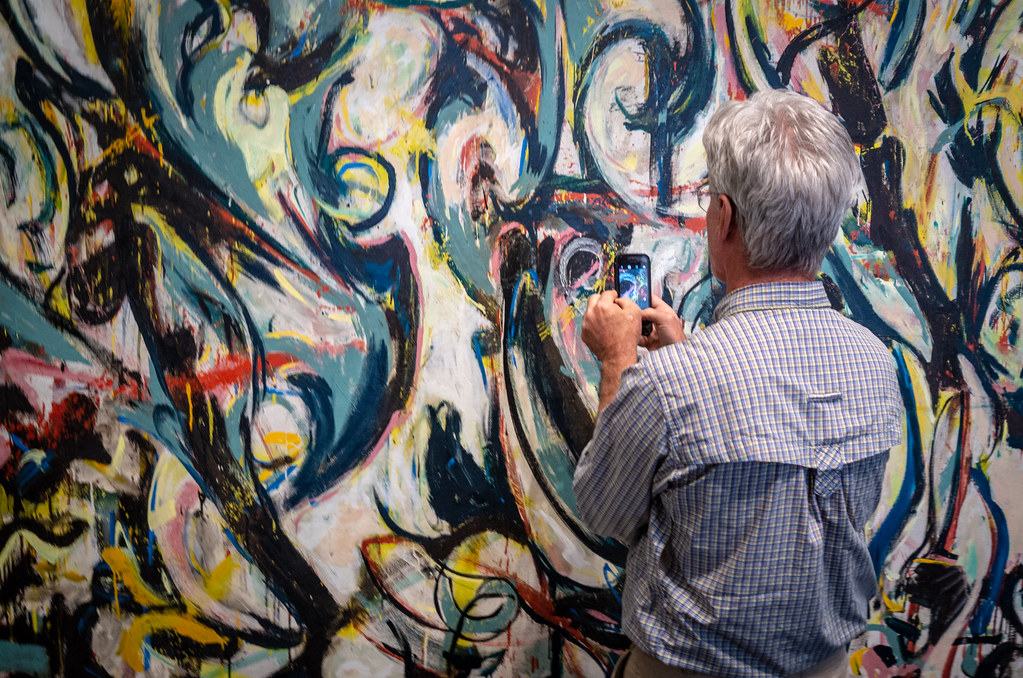
Jackson Pollock didn’t just paint pictures – he literally danced with them. A major figure in the abstract expressionist movement, Pollock was widely noticed for his “drip technique” of pouring or splashing liquid household paint onto a horizontal surface, enabling him to view and paint his canvases from all angles. It was called all-over painting and action painting, since he covered the entire canvas and used the force of his whole body to paint, often in a frenetic dancing style. But here’s the kicker – this wild American approach to art became a weapon in the Cold War.
The US government used Jackson Pollock’s paintings as part of Cold War propaganda aimed at the Soviet Union. In the 1950s, American critics were encouraged to contrast the “freedom of expression” represented by Pollock’s work with the grim social realism associated with the European art scene. The political goal was to promote a cultural shift, making New York, not Paris, the epicentre of the art world This strategic use of art as cultural diplomacy proved incredibly effective, with “The New American Painting,” featuring work by Pollock and other action painters caused a sensation in Paris and later London.
Mark Rothko’s Color Fields Touched Souls Worldwide

While Pollock was throwing paint around, Mark Rothko was quietly creating something that would make people cry – literally. For Rothko, his glowing, soft-edged rectangles of luminescent color should provoke in viewers a quasi-religious experience, even eliciting tears. These weren’t just paintings; they were spiritual experiences that transcended cultural boundaries. Rothko’s influence spread globally, particularly in Japan where artists like Shūzō Takiguchi combined Rothko’s luminous colour fields with influences from Arabic poetry and Zen Buddhism in his aim to evoke universal experiences.
The massive scale of these works was intentional and revolutionary. As with Pollock and the others, scale contributed to the meaning. For the time, the works were vast in scale. And they were meant to be seen in relatively close environments, so that the viewer was virtually enveloped by the experience of confronting the work. This immersive approach to art influenced gallery design and exhibition practices worldwide, changing how people experienced art in museums and galleries globally.
Pop Art Made Consumer Culture Into High Art
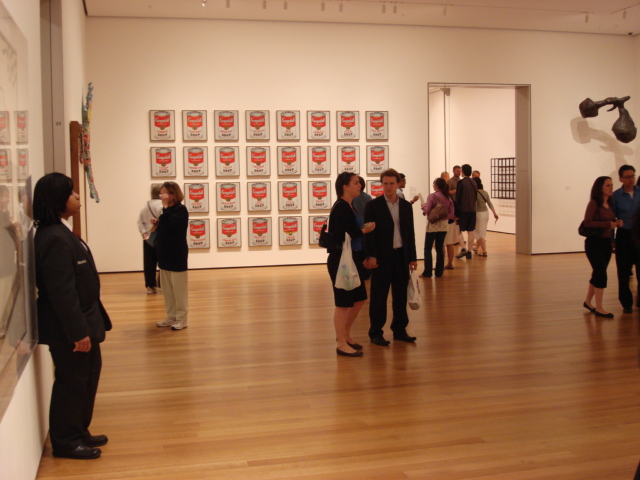
Just when the art world got comfortable with abstract expressionism, along came Andy Warhol with his soup cans and changed everything again. Warhol’s iconic series of Campbell’s Soup Cans paintings were never meant to be celebrated for their form or compositional style, like that of the abstractionists. What made these works significant was Warhol’s co-opting of universally recognizable imagery, such as a Campbell’s soup can, Mickey Mouse, or the face of Marilyn Monroe, and depicting it as a mass-produced item, but within a fine art context. This was revolutionary – suddenly, the mundane became magnificent, and every grocery store became a potential art gallery.
The global impact was immediate and lasting. Pop Art not only challenged traditional notions of art but also blurred the boundaries between high and low culture. By incorporating everyday objects and imagery from advertising and comic books, Pop Art aimed to elevate the mundane to the realm of fine art, democratizing the artistic experience. This democratization of art made it more accessible to the general public, thereby expanding the reach and impact of contemporary art.
Warhol’s Factory System Revolutionized Art Production

Andy Warhol didn’t just create art – he industrialized it. Warhol’s fascination with consumerism and celebrity culture translated into his artwork, which challenged traditional notions of art and mass production. His studio, The Factory, became a hub of creativity and experimentation, giving rise to not only artworks but also avant-garde films and music. This approach to art-making as a collaborative, industrial process influenced artists worldwide to reconsider the romantic notion of the solitary artist creating masterpieces in isolation.
The Factory model became a template for contemporary art production globally. Andy Warhol has almost become synonymous with Pop Art. His work questioned the creative ownership of popular images, reinvented the mundane into icons, and inspired through his ‘factory’ countless clones of himself and his mission. Today, many successful contemporary artists run studio operations that mirror Warhol’s Factory approach, employing teams of assistants and using industrial production methods.
Roy Lichtenstein’s Comic Book Art Challenged Visual Culture
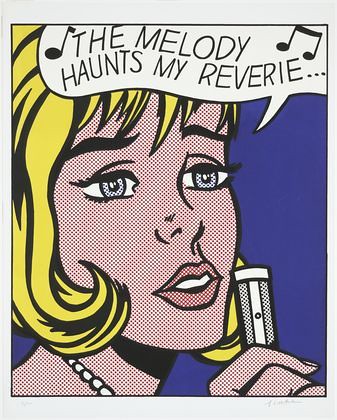
Roy Lichtenstein took comic books seriously when nobody else would, and in doing so, he changed how we think about visual culture forever. In the early 1960s, Lichtenstein gained renown as a leading Pop artist for paintings sourced from the popular comics. Although artists such as Robert Rauschenberg and Jasper Johns had previously integrated popular imagery into their works, no one hitherto had focused on cartoon imagery as exclusively as Lichtenstein. His work, along with that of Andy Warhol, heralded the beginning of the Pop Art movement, and, essentially, the end of Abstract Expressionism as the dominant style.
Lichtenstein’s technique was more sophisticated than it appeared. Lichtenstein did not simply copy comic pages directly, he employed a complex technique that involved cropping images to create entirely new, dramatic compositions, as in Drowning Girl, whose source image included the woman’s boyfriend standing on a boat above her. Lichtenstein also condensed the text of the comic book panels, locating language as another, crucial visual element; re-appropriating this emblematic aspect of commercial art for his paintings further challenged existing views about definitions of “high and low art. This approach influenced graphic designers and artists worldwide to reconsider the artistic potential of mass media imagery.
American Pop Art Conquered Global Art Markets
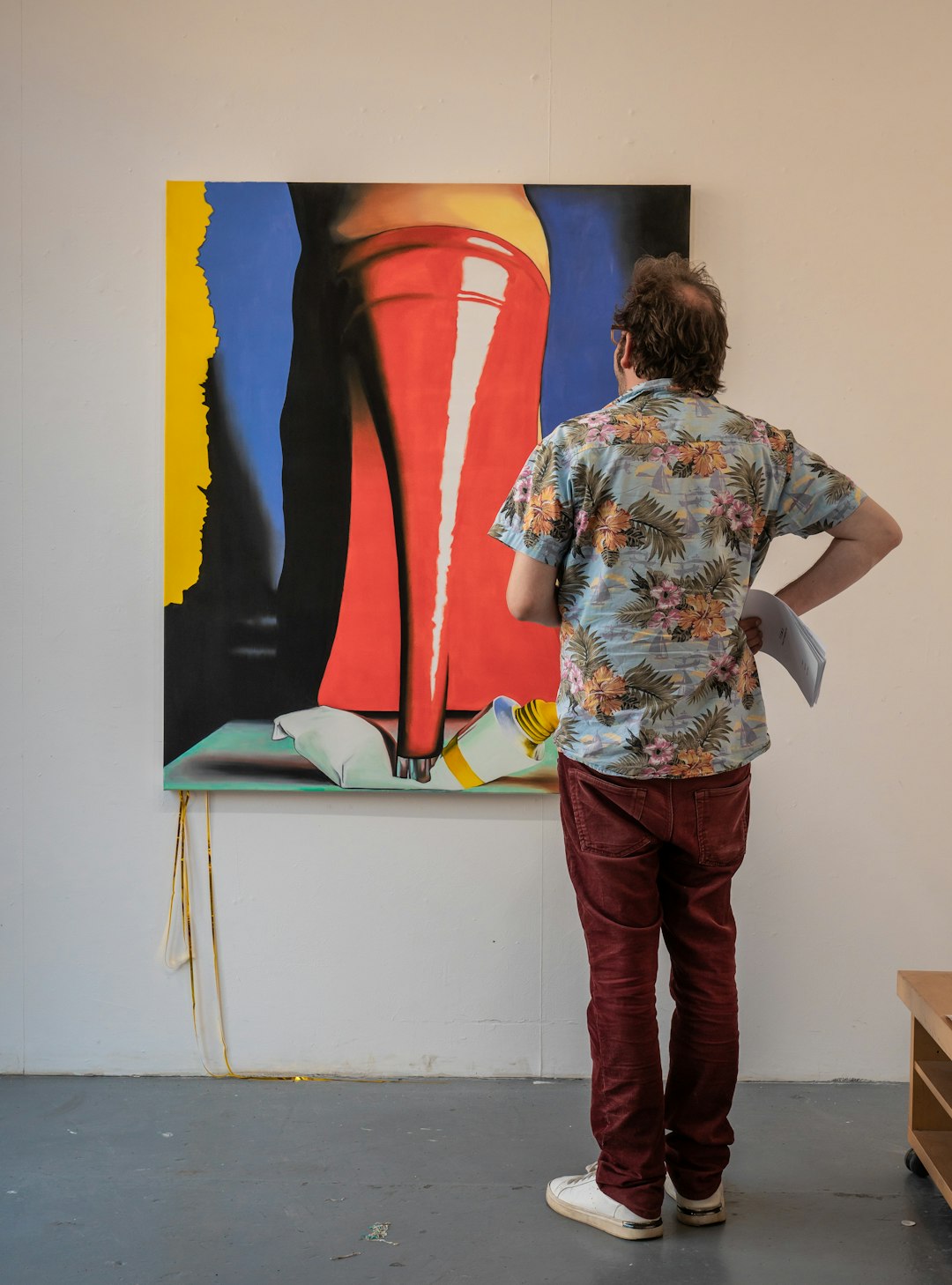
The numbers don’t lie – American Pop Art became a global economic force. Over the last five years, the American Pop print market has shown substantial growth. Here are the latest findings from our print market value index on Andy Warhol, Keith Haring & Roy Lichtenstein. Roy Lichtenstein delivered a standout market performance in 2024, achieving a record-breaking £9 million in sales value – a 14% increase from the previous year – despite fewer lots being sold, proving that American Pop Art continues to dominate international art markets.
The investment appeal of American Pop Art has created a global collecting phenomenon. Original print series by Andy Warhol have continued to soar in value, becoming an increasingly attractive alternative asset. In many ways, Roy Lichtenstein represents the classic long term investment. Less famous than his contemporary Warhol, Lichtenstein remains prone to fluctuations but shows very steady CAGR across both market size (6.4%) and ASP (5.7%). This market success has influenced collectors worldwide to view American Pop Art as both culturally significant and financially viable.
Contemporary Pop Art Carries Forward American Innovation
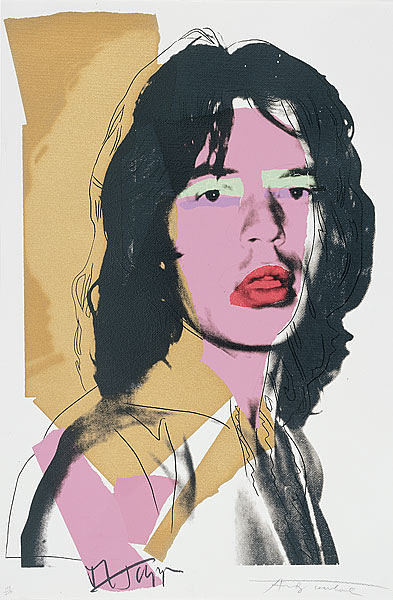
The influence of American Pop Art didn’t stop in the 1960s – it’s still shaping artists today. Contemporary Pop Art Reimagined: Where the Everyday Pops with Wonder! Step into a world where the commonplace is re-crafted into the extraordinary, where contemporary maestros take the baton from Warhol and Lichtenstein to challenge our gaze. Vibrant colors clash with commercial culture, turning the mundane into masterpieces and sparking a dialogue that’s as fresh and provocative as ever.
Modern artists continue to build on the foundation laid by American Pop pioneers. Davez’s Faceless series pays homage to cultural and historical icons by depicting them with pop portraiture techniques popularised by Andy Warhol. By leaving facial features blank for added playfulness, these paintings invite viewers to guess who the painting represents. Davez belongs to the 2022 generation of Modern Pop artists, heavily influenced by early pioneers of the movement and poised to reshape it for future generations.
Digital Age Art Owes Its Existence to American Pop Pioneers
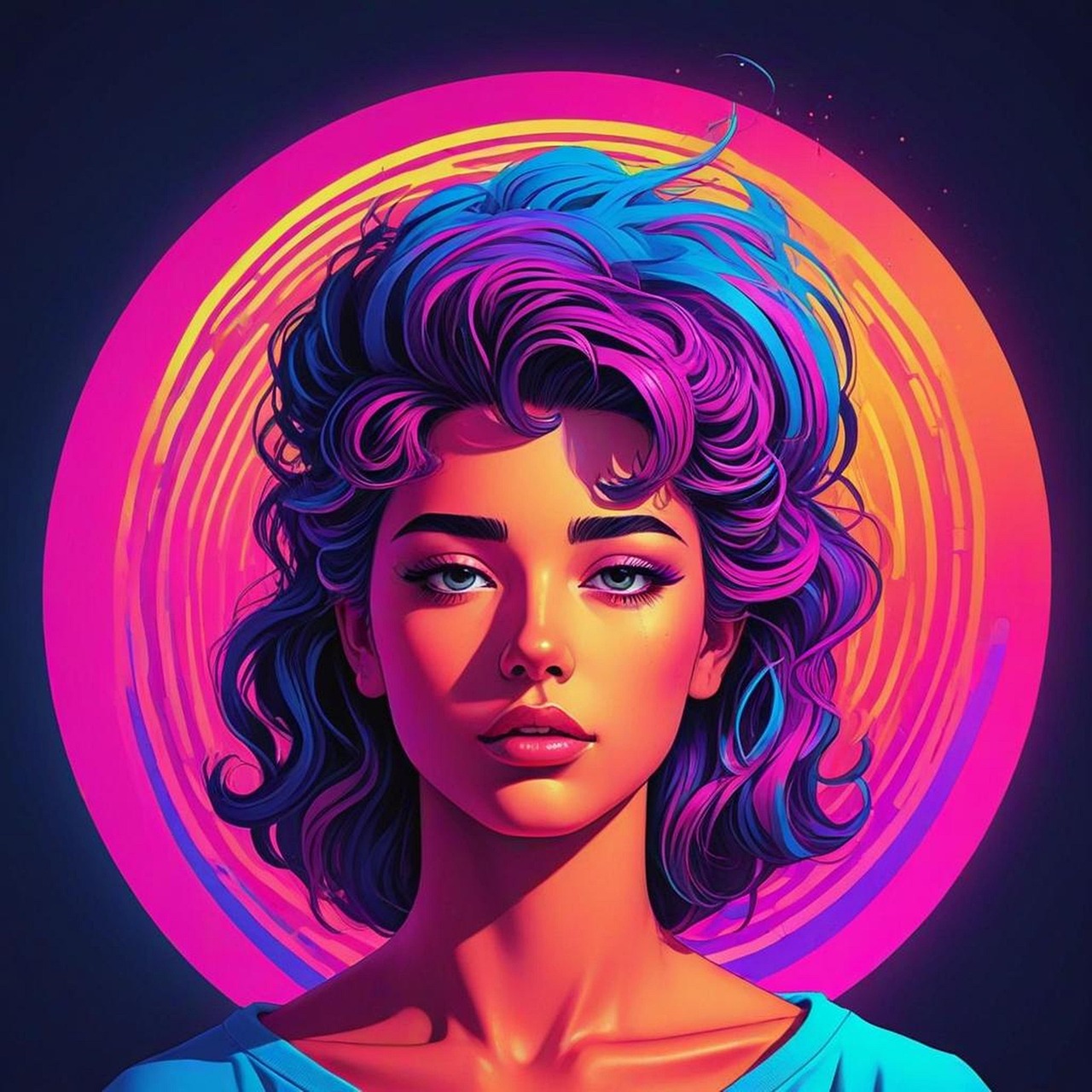
Today’s Instagram-obsessed, meme-driven digital art culture exists because American Pop artists first dared to make art from popular culture. Discover the top 5 events and trends that defined the art market in 2024, from Pop Art’s resurgence to the rise of AI, the Middle East’s booming art scene, and affordable art’s growing appeal. Discover the latest trends in online art sales, buyer behavior, and the rising popularity of Contemporary and Young Contemporary artists, as revealed in ArtTactic’s Autumn 2024 report. The resurgence of Pop Art in 2024 shows that the movement’s core principles – democratizing art and embracing popular culture – remain as relevant as ever.
The influence extends beyond traditional art forms. This year, they said, technology will continue to influence artistic expression and engagement, a trend that has evolved from the surge in AI use noted in 2023. This year, they said, technology will continue to influence artistic expression and engagement, a trend that has evolved from the surge in AI use noted in 2023. That said, several curators have noted that this influx of digital and technology-assisted art coincides with an increased interest in craft and natural materials, ranging from textiles to ceramics.
American Art Movements Transformed Global Museum Practices
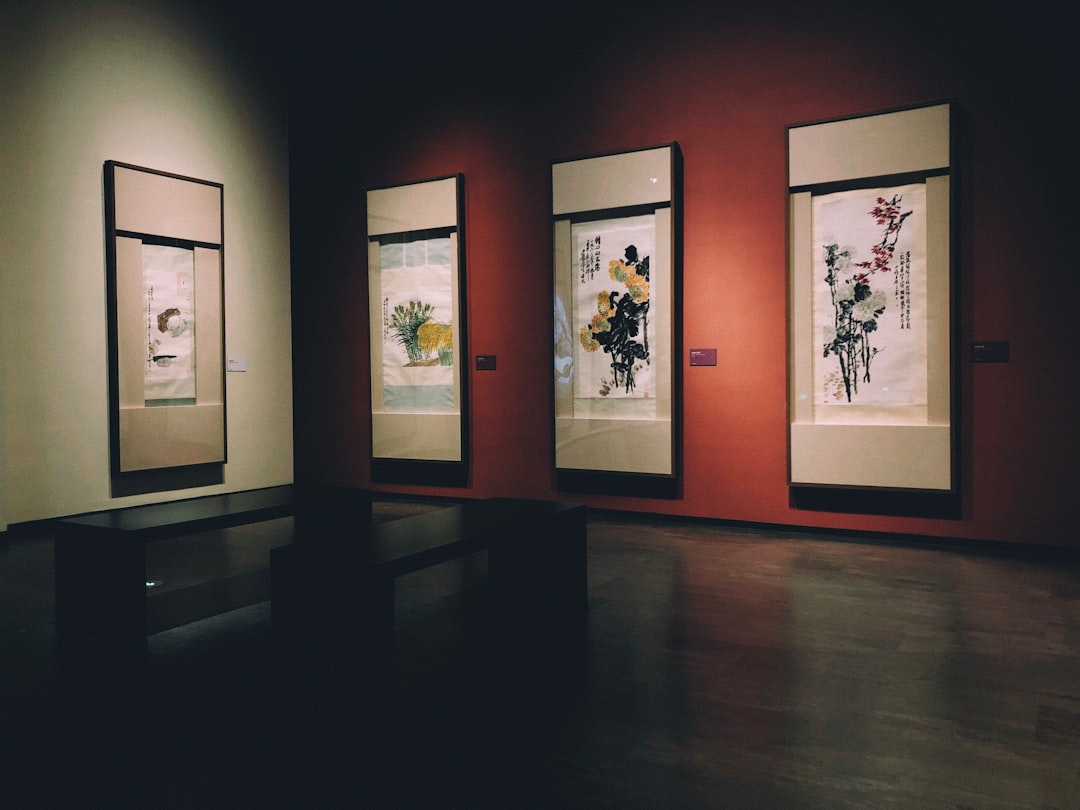
The way we experience art in museums today was fundamentally changed by American art movements. For the time, the works were vast in scale. And they were meant to be seen in relatively close environments, so that the viewer was virtually enveloped by the experience of confronting the work. This immersive approach, pioneered by Abstract Expressionists, influenced museum design worldwide and changed how curators think about exhibiting art.
The global exhibition landscape still reflects American innovations. The year 2025 offers a diverse range of exhibitions that highlight the breadth and richness of global art, providing audiences with the opportunity to explore both established artists and emerging talents. Leading museums and galleries around the world are preparing to present a wide spectrum of works that span historical periods, artistic movements, and mediums. Through major retrospectives, thematic explorations, and innovative installations, 2025 promises to be an exciting year for the global art scene.
The Cross-Cultural Exchange That American Art Created
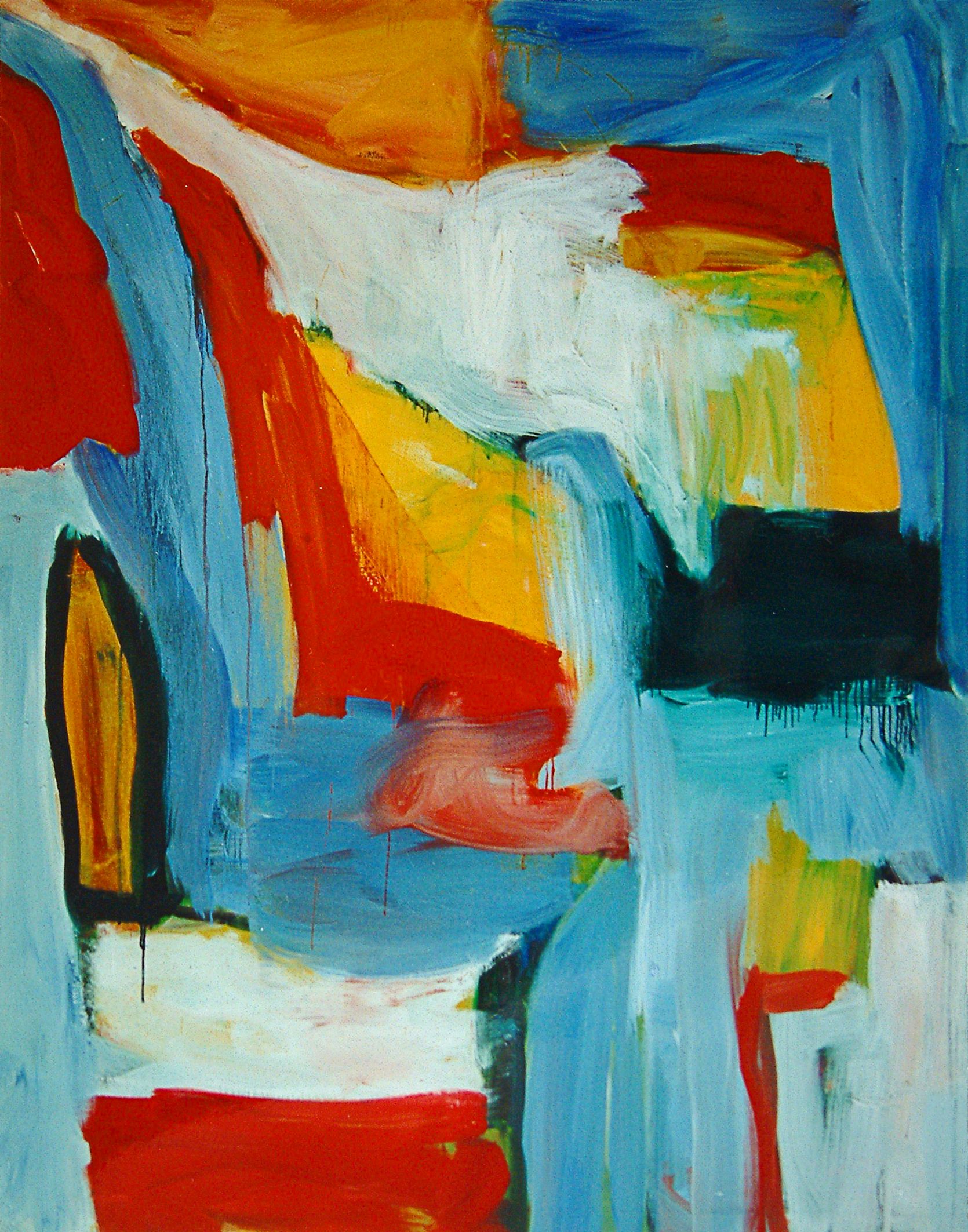
American art movements didn’t just influence the world – they learned from it too, creating a rich cross-cultural exchange. Jackson Pollock and other Abstract Expressionists in America were inspired by calligraphy and Zen Buddhist philosophies. Pollock studied under the Japanese master of sumi-e painting, Hideo Noda and incorporated elements of Chinese and Japanese calligraphic painting into his energetic drip techniques. This wasn’t cultural appropriation – it was artistic evolution through respectful exchange.
The influence flowed both ways, creating a global artistic dialogue. Artists from Japan also adapted Abstract Expressionism, such as Kazuo Shiraga who used his feet to paint dynamic abstract paintings infused with the ‘gutai’ spirit of exploring boundaries. Saburo Murakami created performative abstractions by breaking through paper screens in a fusion of Western abstraction and Zen. This mutual influence created a rich tapestry of artistic innovation that continues to evolve today.
Why American Art Movements Still Matter Today
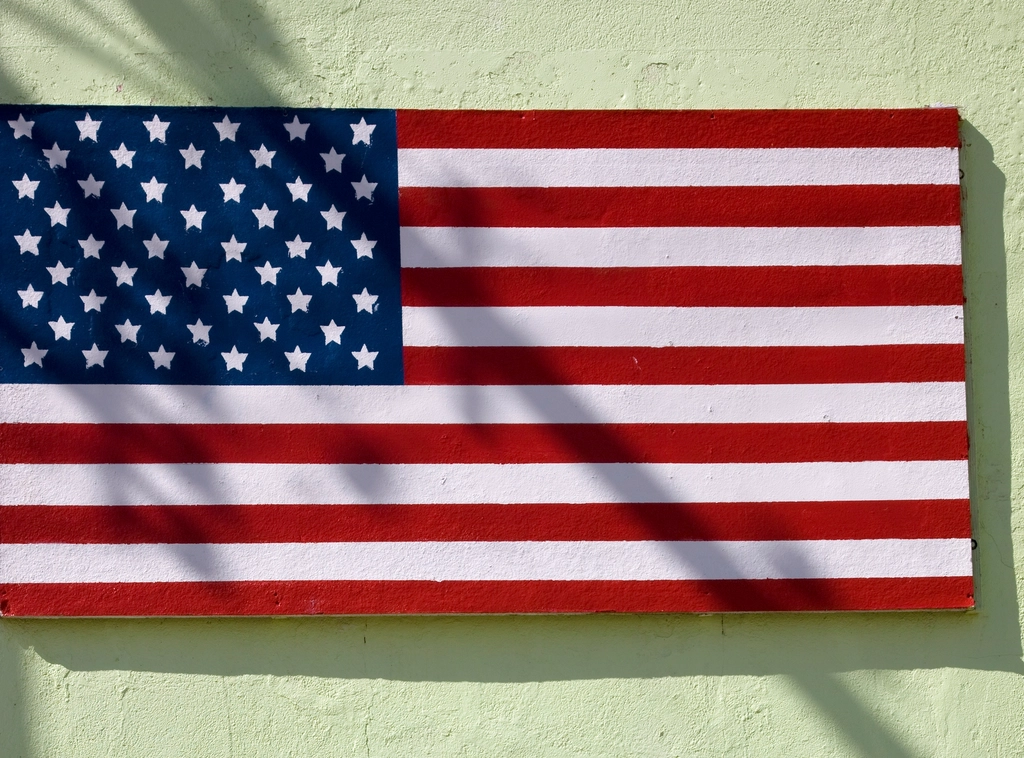
In our current digital age, the lessons of American art movements remain surprisingly relevant. Art in 2024 is marked by a heightened sense of political urgency. According to Ed Schad, curator at The Broad Museum in Los Angeles, global crises like climate change, political turmoil, and social unrest are increasingly reflected in contemporary art. Schad suggests that even when artists do not intend to address these issues, their works often become imbued with themes of resistance, activism, and a desire to counteract power structures.
The democratizing spirit of American Pop Art continues to influence how art is created and consumed globally. Dealers reported that 44% of their buyers were new to their businesses in 2024, and the share of sales to first-time buyers increased to 38%, up 5 percentage points from 2023. Half of the total transactions for smaller dealers with turnover less than USD 250,000 involved collectors buying from them for the first time. These findings underscore the increased accessibility of the market and attractiveness for first time buyers. This accessibility – making art for everyone, not just the elite – was a core principle of American Pop Art that continues to shape the global art world today.
Conclusion: The Enduring American Art Legacy
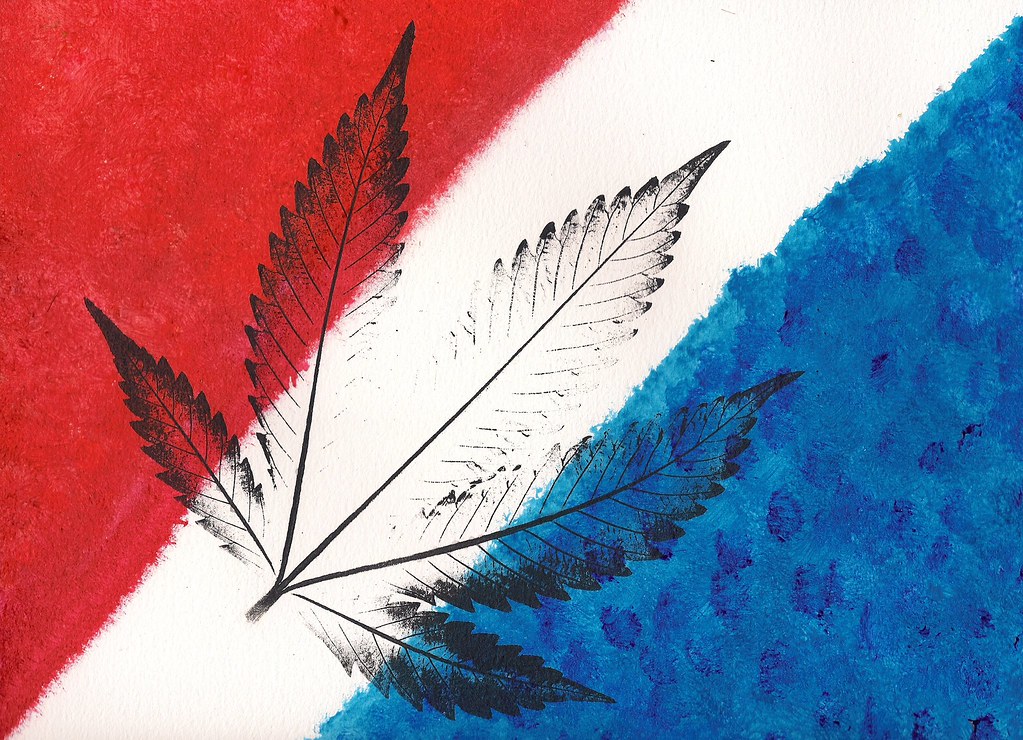
American art movements didn’t just change how we make art – they changed how we think about art, experience art, and value art. From Abstract Expressionism’s emotional intensity to Pop Art’s celebration of the everyday, these movements proved that art doesn’t have to be precious or elite to be profound. They showed that a soup can could be as meaningful as a Renaissance painting, that a drip of paint could express more than a perfect portrait, and that art could be both deeply personal and universally accessible.
Today’s global art scene, with its diverse voices and democratic access, owes its existence to these American pioneers who dared to break the rules. Whether it’s a contemporary artist in Tokyo drawing inspiration from Rothko’s color fields or a digital artist in London channeling Warhol’s mass production aesthetic, the influence of American art movements continues to ripple outward, proving that great art doesn’t just reflect its time – it shapes the future. What would you have guessed could come from a few American artists throwing paint around and celebrating soup cans?

